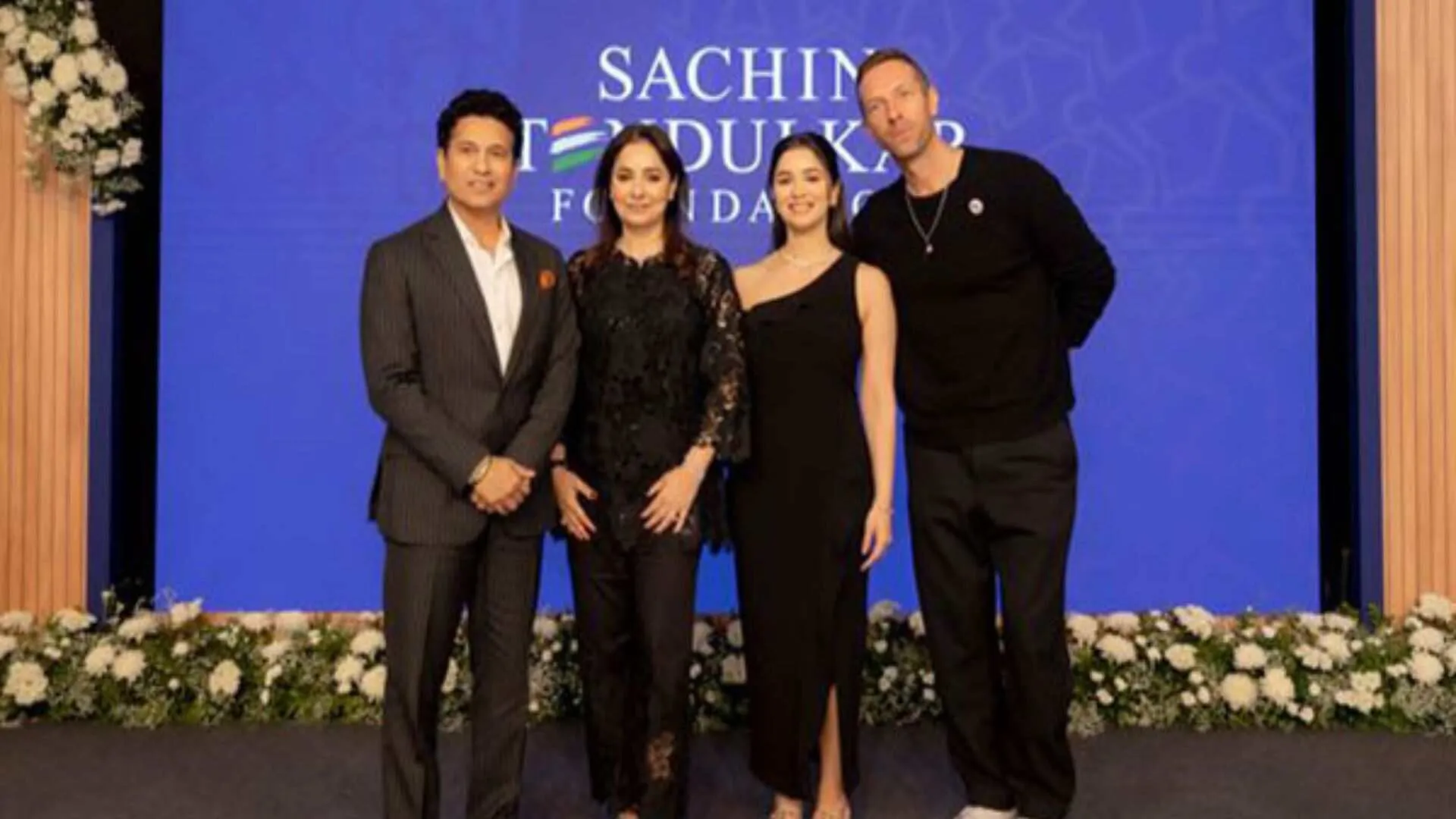With the second wave of COVID-19 pandemic showing positive decline rate, India in all its glory has slowly initiated upliftment of regional and sectoral lockdown restrictions in metropolitan, sub-urban and rural areas. The persistently temporary emergency measure to contain the spread of deadly novel Coronavirus had brought a massive economic and emotional setback to the world’s second largest labor market. Unfortunately, the unemployment rate elevated to about a staggering 25 per cent besides an unpredictable jump up the poverty ladder on a definitive scale of more than 15 million.

India is a proud home to approximately 600 million women. The prevailing sex ratio of the total population is shockingly skewed with plainly 9 males per 1 female. Pre- COVID-19 area testified a deteriorating global gender statistics leading to economic inequality at a grassroot level of labor participation dwelling at less than 25 percent of the population. During the pandemic, this section, sadly not surprisingly, is at a relatively high rung of vulnerability owing primarily to discriminatory pay scale, food insecurity, inadequate public healthcare system, and disrupted vaccination drive. As a result, a significant percentage of women are forced to accept irregular and informal labor to avoid a possibility of collective retrenchment from command over economic opportunities in future.
Food insecurity and economic crises go hand-in-hand. In the pre-COVID-19 world, sustainable development remained an ambition attempt for the sole reason of female marginalization, especially in the health sector. As the ‘home-maker’ of the household, women are conditioned to repress hunger to serve the nutritional needs of the male heads of the family, thereby deepening roots of gender inequality. A concurrent trend in inefficient distribution of subsidized food during the pandemic has culminated into growing malnutrition resultant permanent exclusion from the employment spectrum and government workfare schemes, contributing to a new cycle of poverty among working-class women in unorganized sector.
Beyond declining nutrition access, the pandemic has shown recurring disparity in access to public healthcare by women especially resulting into inevitable escalated maternal mortality. Less than 60 per cent of females have awareness about reproductive health, medical treatments covered under health insurance. Heavily disrupted demographic supply channels of already scarcely available essential healthcare items like contraceptive, sanitary napkins and IUD production.
At the domestic front, gender-based cases of marital physical, sexual or emotional violence have shown a sharp rising rate. Unpaid care-work, necessary close confinement in addition to failure to shoulder economic burden due to disproportionate streams of income have alarmingly impacted the mental well-being of females. With the existing taboo around maternal depression, a direct link could be forged to reluctant generational investment into female education, health and nutrition. Access to critical government backed interventional schemes such as post-natal healthcare of lactating females, post-partum depression counselling, immunization etc. to aid and subsidize female health and nutrition have also been suspended during the mandatory preventive lockdown.
The philanthropy endeavors of various female associated self-help groups are disrupted due to lockdown and lack of financial supports. As a necessary recourse, many governmental digital helplines have been implemented to accord to female well-being and empowerment that still remain inaccessible to half the female population for lower mobility and digital divide.
Indian vaccination drive of currently approved vaccines was executed for citizens above the age of 18 on 1 May 2021. However, this noble precautionary endeavor failed to pass the gender equality indices with less than satisfactory scores especially in rural landscape. Due to digital illiteracy in India, female lagged behind mandatory registration for the vaccination on the CoWIN App translating great dependency on technologically abled males. The gap was further exuberated by the patriarchal ecosystem backed ineffective communication advocacy that persisted in vaccine hesitancy amongst females due to rumors related to its impact on menstruation and fertility.
There is a dire need to acknowledge that a crisis seldomly crosses the benchmark of gender neutrality. In the midst of Covid-19 pandemic in India, gender equality demands to be prioritized by leveraging female agency to craft measures to respond to its humanitarian obligations while travel restrictions and quarantine guidelines are in order. A first and foremost corrective measure should be to recognize the gravity of omitting females from pandemic protection, address their specific gender-based difficulties and sympathize with them.
Further, re-building and restoring public health care system for females such as prompt access of basic medical safety net, child counselling etc. provides a suitable start. Women centric welfare centers should be incorporated at evenly regulated rural areas with the responsibility of undertaking medical and humanitarian work like full or part time employment generation, sheltering mechanisms. The regional governments should authenticate all-female vaccination centers with lucrative incentives of food supply, paid work to attract more beneficiaries. With immense labor migration, dedicated shelter camps with supply of supplementary nutrition should be placed to bypass every risk of violence, exploitation, and trafficking for sexual exploitation. The monetary compensation governmental aid package should be paid in cash and a fixed amount and type of work labor should be secured solely for females to provide regular income. Additionally, female-led household start-ups should be digitally linked to main markets to support access to diversified consumers and avail greater bargains.
In a nutshell, an unsuccessful differential approach will pave way for long-term aftermath beyond the immediate economic crisis, culminating into stringent exclusion and discrimination of the most unguarded section of the population of India. To resist a backward trend in women empowerment, gender sensitive instead of gender blind policies must be enforcement.























